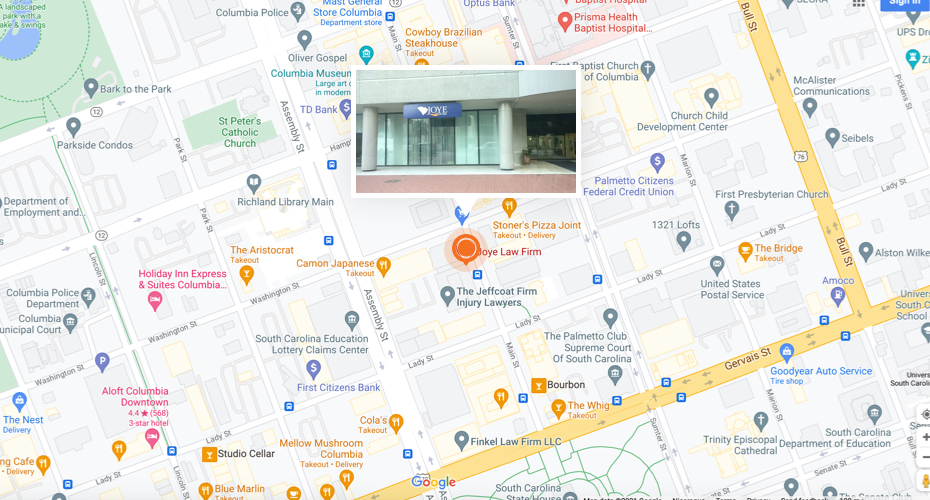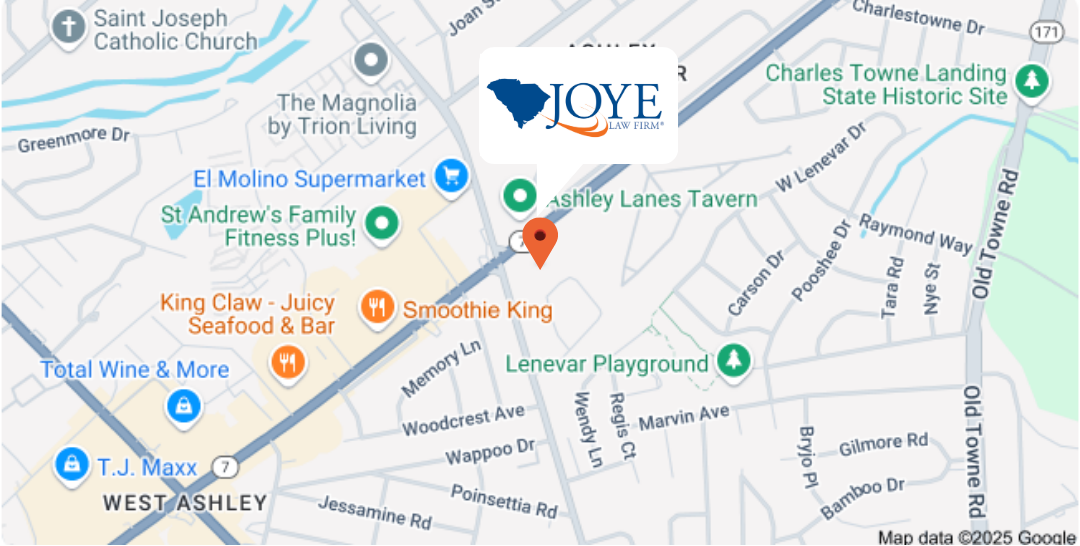Accident victims often experience economic losses due to their injuries, such as medical bills and lost income, which is relatively easy to calculate. The value of non-economic losses, such as physical pain and emotional suffering, is more subjective. To determine how much should be sought for pain and suffering, an attorney will consider the following:
- The severity of the injury
- The accident victim’s overall health condition before the injury
- The age of the victim
- How the injury interferes with daily activities or the ability to participate in hobbies or physical activities
- The impact that the injury has on personal and professional relationships
Typically, this information is used to calculate pain and suffering compensation in one of two ways. The first is the multiplier method, in which a number between 1.5 and 5 is assigned to the subjective losses based on their severity. The total value of economic compensation is then multiplied by that number to arrive at a final figure. If you had $10,000 in economic losses and a multiplier of 2, you could receive $20,000 in total compensation.
The other way to calculate pain and suffering compensation is to assign pain and suffering a daily value and then multiply it by the number of days that the pain or suffering is expected to last. If your pain and suffering are valued at $100 per day and they last for 180 days, you could receive $18,000. This is known as the per diem method.
In South Carolina, there is no cap on non-economic damages, except for medical malpractice cases.

































